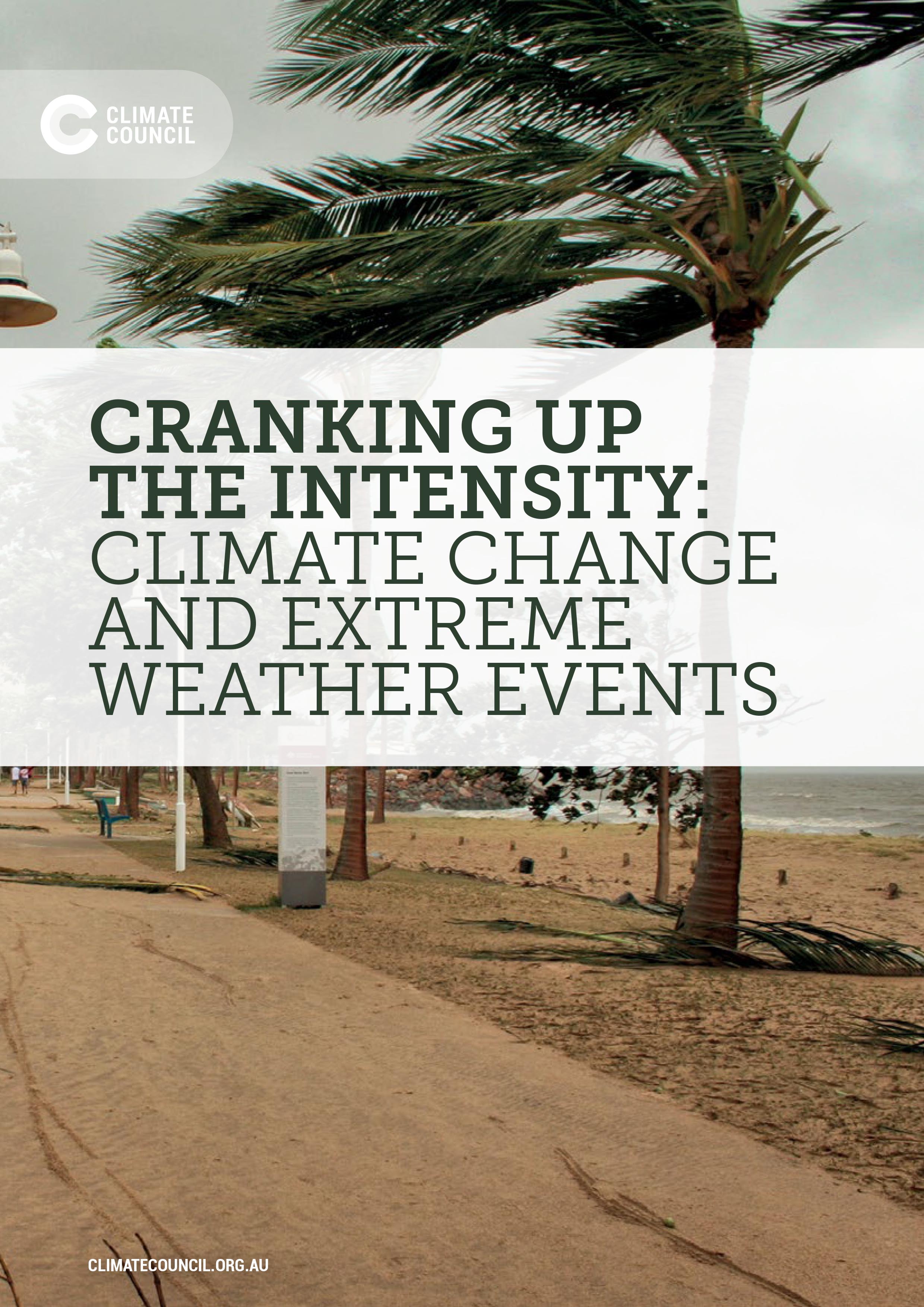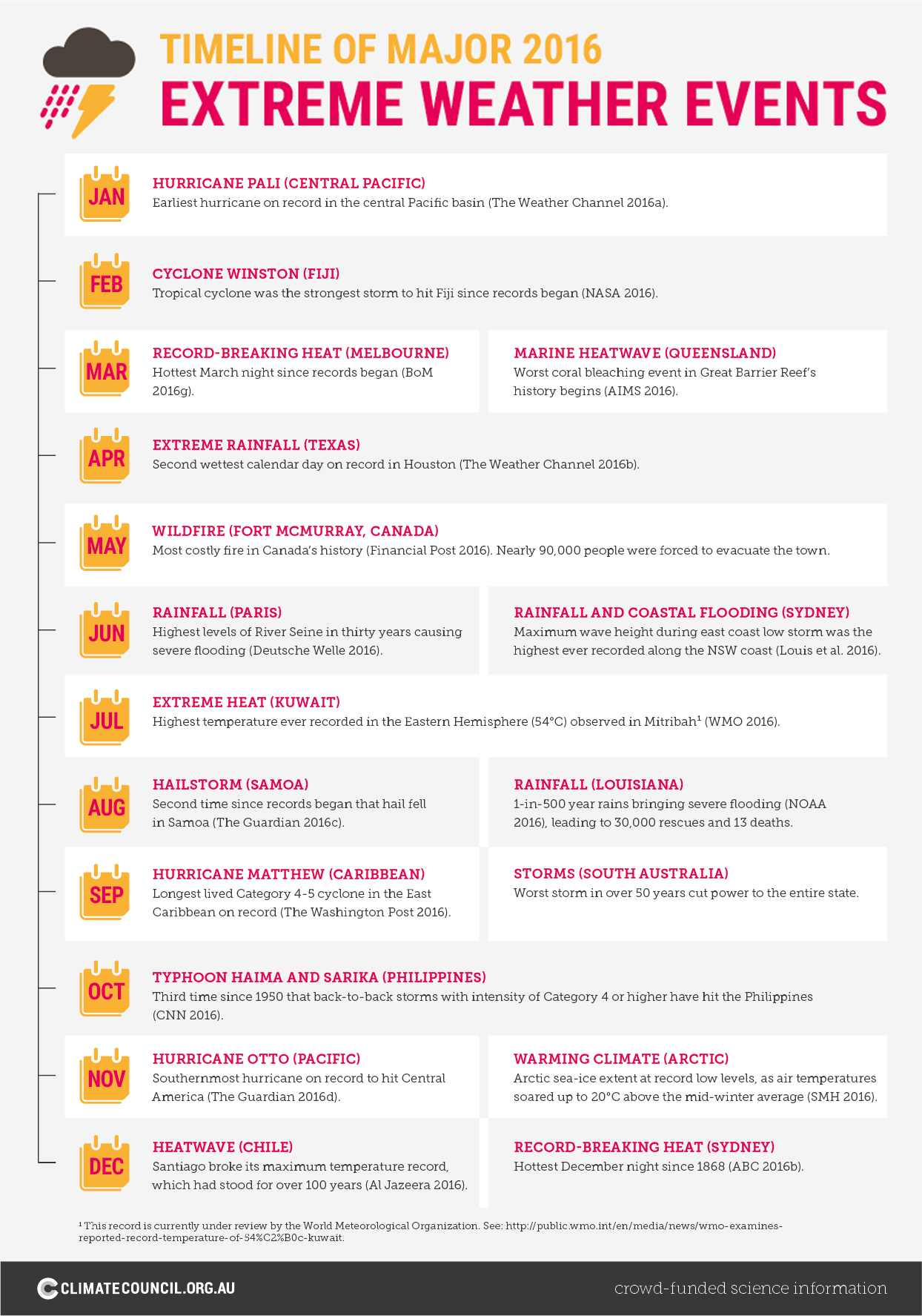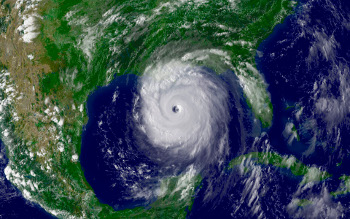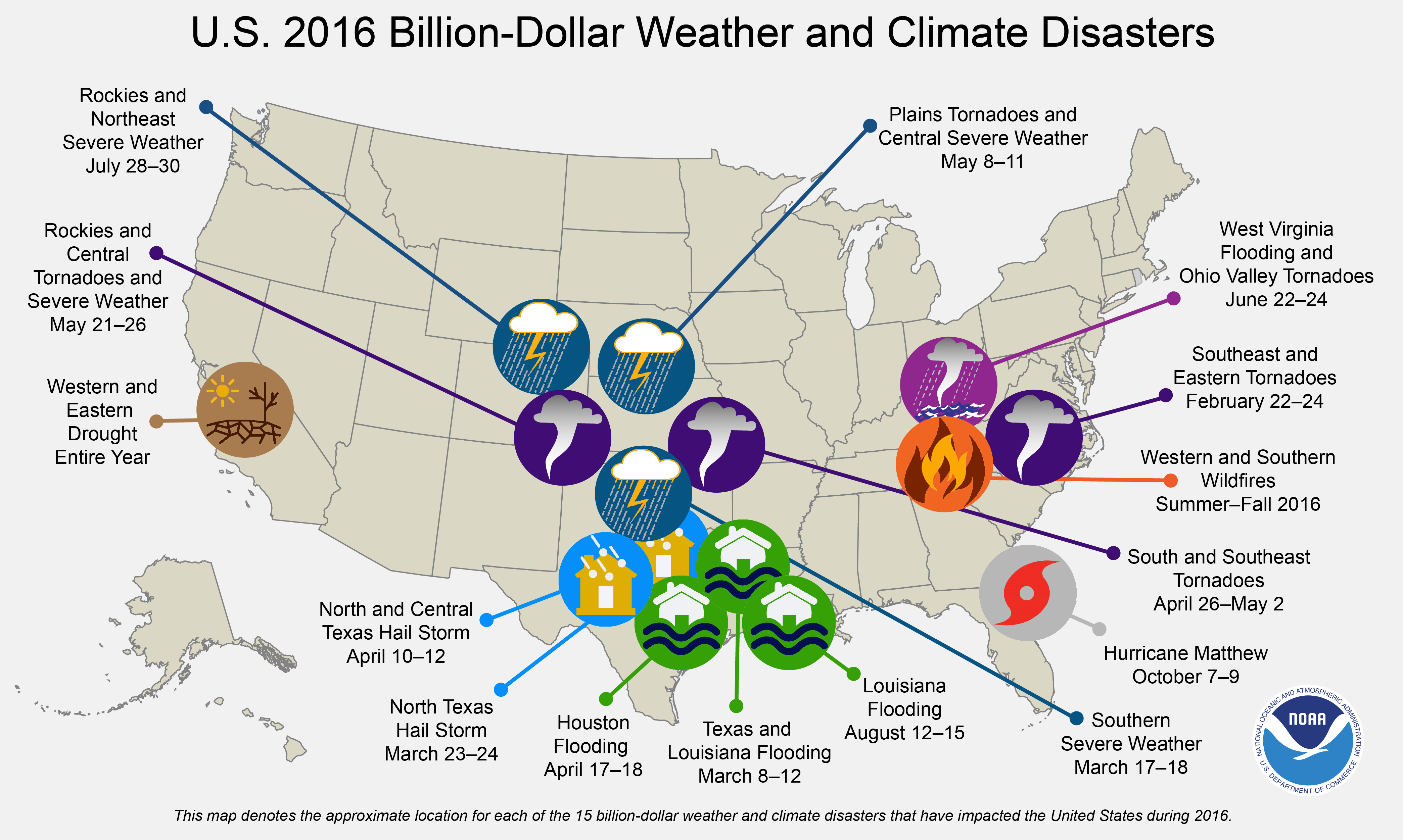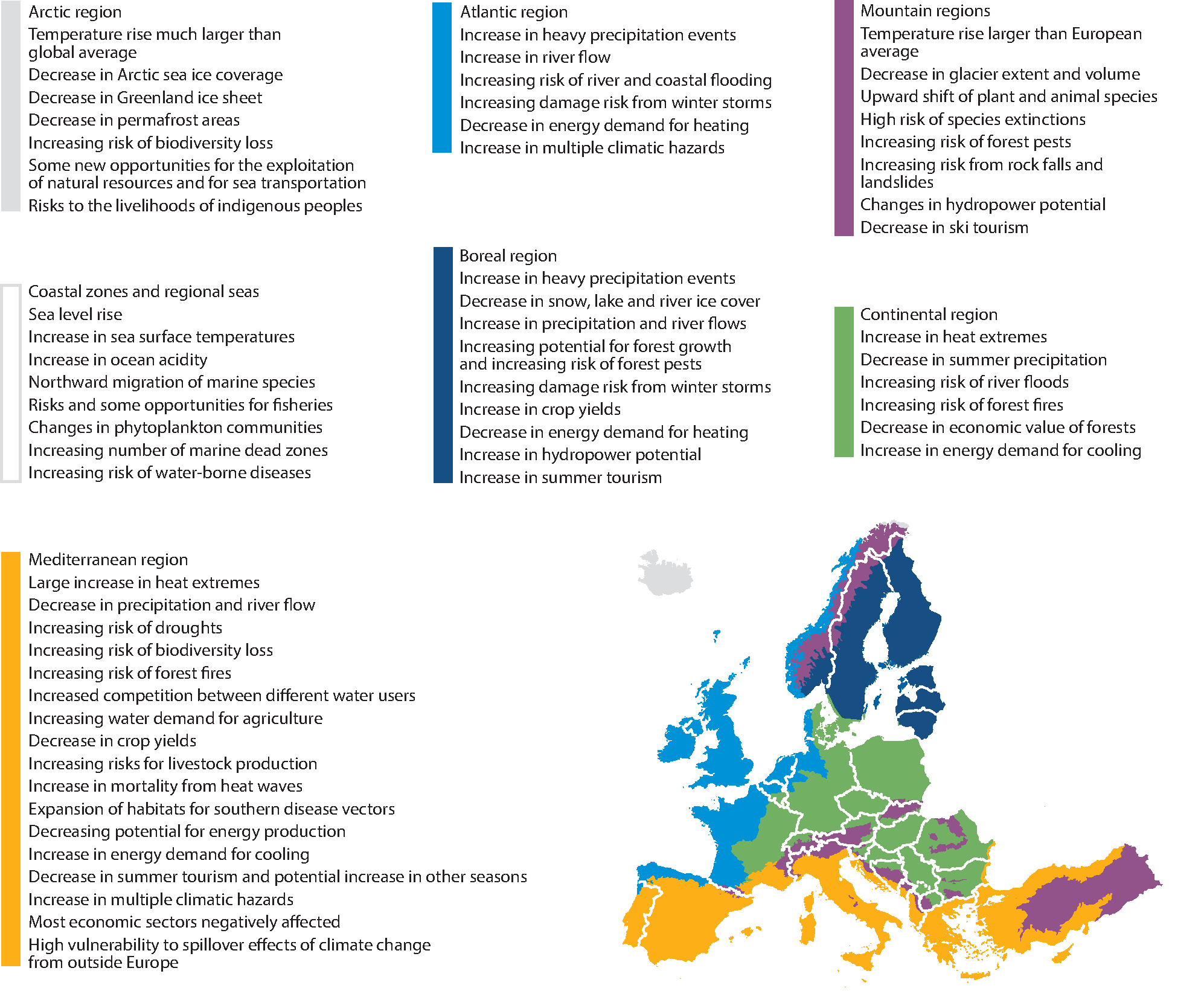How is Europe performing in renewable energy?
Having achieved a share of 16% renewables in its final energy consumption in 2014 and an estimated share of close to 16.4% in 2015
, the EU as a whole is well on track to reach its 20% target by 2020. However, Member States will have to keep up their efforts in order to reach their national goals.
Europe as a whole is performing well in its deployment of renewables. In 2011, renewables generated 21.7% of the EU’s electricity; three years later, this figure has reached
27.5%, and it is expected to climb to 50% by 2030. The EU’s initial efforts in promoting the use of renewables facilitated this continued growth which resulted in lowered renewable costs: the prices of photovoltaic modules fell by 80% between the end of 2009 and the end of 2015. Renewables have now become cost-competitive, and sometimes even cheaper than fossil fuels.
The renewable energy sector plays
a key role for the EU economy with a
turnover of around €144bn in 2014 and more than one million people employed.
European investments have dropped by more than half since 2011 to €44bn last year, while global investments in renewable energy continue to increase to above €260bn.
Why are renewables a key component of the Energy Union strategy and of EU leadership?
The Renewable Energy Directive
[1] has been and will continue to be a central element of the Energy Union policy and a key driver for providing clean energy for all Europeans, with the aim of
making the EU world number one in renewables – and it is relevant to all five dimensions of the Energy Union.
- Renewables have played a major role in energy security. Their estimated contribution to fossil fuel import savings in 2015 was €16bn and it is projected to be €58bn in 2030.[2]
- Thanks to fast decreasing costs, renewables can gradually be integrated into the market. The recast of the Renewables Directive together with the Market Design proposals[3] will further enable the participation of renewables on an equal footing to other energy sources.
- Renewables go hand in hand with energy efficiency. In the electricity sector, fuel switching from combustible fossil fuels to non-combustible renewables could reduce primary energy consumption.[4] In the building sector, renewables solutions can improve the energy performance of buildings in a cost-effective way.
- Renewables are one of the pillars of decarbonisation. In 2015, renewables contributed to reducing EU greenhouse gas (GHG) emissions by 436 MtCO2eq, the equivalent of the emissions of Italy.[5]
- Renewables play a major role in making the EU a global leader in innovation. With EU countries holding 30% of patents in renewables globally, the EU has been a pioneer in this field and is committed to prioritising research and innovation to further drive the energy transition.
What is the role of renewables in reaching the Paris climate goals?
At the 2015 Climate Change Conference in Paris, Europe committed itself to contributing to limiting the global rise in temperature to only 1.5°. Renewables, together with energy efficiency, are key to reaching this goal.
Will Europe reach its binding target of at least 27% renewables by 2030?
The Clean Energy for All Europeans package, presented by the Commission last November, contains the main provisions to enable Member States to collectively reach the target of at least 27% renewable energy by 2030. This will be made possible through coordinated action in renewables, energy efficiency, and market design, and ensured through a strong governance process.
Do Member States’ performances differ significantly?
In 2009, the Renewable energy directive (2009/28/EU) defined renewable energy and renewable transport targets, as well the pathway that each Member State should follow to reach them.[6]
In 2014 all EU countries except one[7] showed a renewable energy share which was equal to or higher than their indicative pathway. In 2015, 25 Member States exceeded their indicative pathways, with some even surpassing their 2020 targets.
Can interconnections bridge these differences?
Interconnections can facilitate power exchange between Member States, thus reducing congestion and making renewables more profitable in certain areas. With targets of 10% of installed electricity production capacity by 2020 and 15% by 2030, interconnections will not only facilitate power exchange and improve price signals but also reinforce security of supply and guarantee a European approach to renewable power.
Can we say that the European economy is growing thanks to renewables?
With a turnover of around €144bn in 2014, the renewables industry is indeed a major contributor to the EU economy.
In terms of job creation, renewables also have an added value since renewable energy creates more jobs per unit of energy generated than, for example, fossil fuels.
Moreover, renewables are local: the renewable economy depends very little on imported fuels and material, and therefore the added value is kept at EU level and results in contributions to economic growth.
Is Europe spending or saving thanks to renewables deployment?
Renewable energy should be seen as an investment, rather than an expense.
At a micro level, renewables reimburse the upfront costs of installation with operation and maintenance expenditure that is usually substantially lower than that of fossil alternatives. Moreover, once the technology has been installed, renewables such as wind and solar remain available virtually free of charge.
At a macro, EU level, renewables reduced the EU’s energy import bill by around €16bn in 2015: this could grow to around €58bn by 2030. As in the area of energy efficiency, renewables are therefore a profitable long-term investment that will bring future benefits and independence.
Have renewables made a difference to consumers’ bills?
Renewables have lowered European costs at a wholesale level, but benefits for consumersare yet to come:
- At a wholesale level, the more we use renewables, the cheaper electricity will become. Every percentage increase in renewables’ share of the market will decrease the market price by €0.4 per megawatt-hour[8].
- At a domestic level, the share of EU taxes and levies used to support renewable energy and combined heat and power has steadily increased. The share of renewables and combined heat and power support costs ranged from 0% to 23% of the retail electricity price in 2015, depending on the Member State.
How do renewables empower consumers to become active market participants?
Consumers are the drivers of energy transition. The distributed nature of renewables, the increasingly competitive costs of renewable technologies, and new developments in smart grids, smart homes, and battery storage solutions make it possible for energy consumers – both at a domestic and an industrial level – to become active players on the market:
- In Germany, a typical four-person family household can save almost €680 each year on its annual electricity costs by installing a 4 kWp PV system;
- In Italy, an average household can save about €720 per year on its electricity bill, with a pay-back period of about 7-9 years, depending on the region;[9]
- Small- and medium-sized enterprises can also benefit from renewables. For example, an Italian food-processing company installed a rooftop solar panel on its production facility and used 89% of the solar panel electricity produced on site (this is known as the self-consumption rate). This resulted in an annual electricity bill saving of about 35% and an annual reduction in CO2 emissions of over 200 tons.[10]
How will further clean energy transition take place?
The “Clean Energy for All Europeans” package includes provisions to support the energy transition towards higher shares of renewables, especially in the buildings, transport and industry sectors. To this extent, it identifies several key areas for action:
- Strengthening the regulatory certainty for investments by further “Europeanising” renewables policy. This will further encourage deployment of renewables in particular in the Electricity sector;
- Mainstreaming renewables in the Heating and Cooling sector;
- Decarbonising and diversifying the Transport sector;
- Empowering and informing consumers;
- Strengthening the EU sustainability criteria for bioenergy;
- Making sure that the EU level binding target is achieved on time and in a cost-effective way.
Who will pay for it?
While global investments in renewable energy continue to increase to above €260bn, European investments have dropped by more than half since 2011 to €44bn last year. Today, the EU accounts for only 18%[11] of total global investment in renewables, down from close to 50% only six years ago.
New sources of investments need to be unlocked to reach the €379bn of investment needed on an annual basis to achieve the EU’s climate and energy targets:
- Currently, 25% of the €154bn allocated under the European Fund for Strategic Investments is linked to energy where renewable energy is among the priorities; furthermore, €27bn per year is devoted to public and private research and development and innovation in Energy Union-related areas, to support concrete industrial and economic opportunities.
- The European Fund for Strategic Investments will be strengthened and expanded to the end of 2020, thereby increasing the total investment target from €314bn to at least €500bn. New, innovative funding mechanisms under the EFSI and the Connecting Europe Facility will help to achieve this.
What’s the link between the Energy Union strategy and the recently adopted ‘Clean Energy Package’?
In the Energy Union Strategic Framework[12], the European Union commits itself to become the world leader in renewable energy, and the global hub for developing the next generation of technically advanced and competitive renewable energies. The EU has also set a target that at least 27% of the energy consumed in the EU in 2030 should be from renewable sources.
The ‘Clean Energy Package’ presents regulatory proposals and facilitating measures that aim to achieve these objectives, and at the same time accelerate, transform and consolidate the EU economy’s clean energy transition, thereby creating jobs and growth in new economic sectors and business models.
In addition to the legislative proposal on renewable energy, the package also includes proposals on energy efficiency, the design of the electricity market, security of supply and governance rules for the Energy Union that will help facilitate the Energy Union strategic framework.
The facilitating actions include initiatives to accelerate clean energy innovation and to renovate Europe’s buildings, as well as measures to encourage public and private investment and make the most of the available EU budget; to promote industry-led initiatives to foster competitiveness; to mitigate the social impact of the clean energy transition; to involve multiple players including Member State authorities and local and city authorities as well as businesses, social partners and investors; and to maximise Europe’s leadership in clean energy technology and services to help third countries achieve their policy goals.
What benefits can increased use of renewables bring to
…consumers? Solar and wind technology prices have declined by 80% and 30-40% respectively between 2009 and 2015.[13] This cost reduction is increasingly enabling consumers to produce their own renewable energy. With the revised directive, consumers will benefit from greater rights to:
- produce their own electricity, and feed any excess back to the grid;
- organise themselves into renewable energy communities to generate, consume, store and sell renewable energy;
- stop buying heat/cold from a district heating/cooling system if they can achieve significantly better energy performances themselves.
…the environment? The revised renewable energy directive will help fight climate change by reducing greenhouse gas (GHG) emissions. Reaching at least 27% renewables will help reduce GHG emissions to meet our target of at least 40% GHG reduction by 2030. Together with energy efficiency, the EU Emission Trading Scheme (ETS) and other climate change mitigation policies, renewables could help the EU reduce its carbon intensity by up to one third between 2020 and 2030.[14]
Furthermore, the revised directive contains a set of reinforced sustainability criteria for bioenergy, with the view to maximising climate and environmental benefits and avoiding the risk of biomass production resulting in deforestation or forest degradation.
…industry? The clearer legal framework provided by the new directive willremove uncertainties for investors, reduce administrative burdens, and decrease costs. This will bring benefits for both producers and investors: renewable energy technology suppliers will keep a leadership role, and the costs of renewables supply chains will be lowered.
…jobs? The new directive focuses on creating the right conditions for renewables to thrive and make the EU a flourishing market for clean energy. The sector already employs more than one million people and accounts for €144bn revenue every year.
Implementing our Energy Union policies could bring up to 900 000 net additional jobs in the EU economy by 2030 compared to the reference scenario.[15]
…energy security? In 2014, the deployment of renewable energy cut around €20bn worth of fossil fuel imports. Thanks to renewables, Europe could save around €58bn per year by 2030 in terms of avoided fossil fuel imports.[16] This is the equivalent to the current Gross Domestic Product (GDP) of Luxembourg.
What’s coming next?
Until 2020, EU Member States will have to continue to maintain or increase their renewable energy shares to ensure that they achieve their national renewable energy targets for 2020.
In line with the Joint Declaration setting out the EU’s objectives and priorities for the legislative process in 2017, the Energy Union-related legislative proposals presented by the Commission such as those included in the Clean Energy for All Europeans package should be addressed this year as a priority by the European Parliament and Council.
Overview of Member States’ progress towards 2020 targets in renewable energy (%)
| Member State |
RES Share
2013 |
Average RES Share 2013/2014 |
RED indicative trajectory (2013/2014) |
RES Share 2014 |
RES Share 2015 (proxy) |
RED indicative trajectory (2015/2016) |
| |
% |
| AT |
32,3% |
32,7% |
26,5% |
33,1% |
33,6% |
28,1% |
| BE |
7,5% |
7,8% |
5,4% |
8,0% |
7,3% |
7,1% |
| BG |
19,0% |
18,5% |
11,4% |
18,0% |
18,4% |
12,4% |
| CY |
8,1% |
8,5% |
5,9% |
9,0% |
9,1% |
7,4% |
| CZ |
12,4% |
12,9% |
8,2% |
13,4% |
13,6% |
9,2% |
| DE |
12,4% |
13,1% |
9,5% |
13,8% |
14,5% |
11,3% |
| DK |
27,3% |
28,2% |
20,9% |
29,2% |
30,6% |
22,9% |
| EE |
25,6% |
26,0% |
20,1% |
26,5% |
27,9% |
21,2% |
| EL |
15,0% |
15,2% |
10,2% |
15,3% |
15,5% |
11,9% |
| ES |
15,3% |
15,8% |
12,1% |
16,2% |
15,6% |
13,8% |
| FR |
14,0% |
14,2% |
14,1% |
14,3% |
14,5% |
16,0% |
| FI |
36,7% |
37,7% |
31,4% |
38,7% |
39,5% |
32,8% |
| HR |
28,1% |
28,0% |
14,8% |
27,9% |
27,5% |
15,9% |
| HU |
9,5% |
9,5% |
6,9% |
9,5% |
9,4% |
8,2% |
| IE |
7,7% |
8,2% |
7,0% |
8,6% |
9,0% |
8,9% |
| IT |
16,7% |
16,9% |
8,7% |
17,1% |
17,1% |
10,5% |
| LT |
23,0% |
23,4% |
17,4% |
23,9% |
24,3% |
18,6% |
| LU |
3,6% |
4,1% |
3,9% |
4,5% |
5,0% |
5,4% |
| LV |
37,1% |
37,9% |
34,8% |
38,7% |
39,2% |
35,9% |
| MT |
3,7% |
4,2% |
3,0% |
4,7% |
5,3% |
4,5% |
| NL |
4,8% |
5,2% |
5,9% |
5,5% |
6,0% |
7,6% |
| PL |
11,3% |
11,4% |
9,5% |
11,4% |
11,8% |
10,7% |
| PT |
25,7% |
26,3% |
23,7% |
27,0% |
27,8% |
25,2% |
| RO |
23,9% |
24,4% |
19,7% |
24,9% |
24,7% |
20,6% |
| SE |
52,0% |
52,3% |
42,6% |
52,6% |
54,1% |
43,9% |
| SI |
22,5% |
22,2% |
18,7% |
21,9% |
21,8% |
20,1% |
| SK |
10,1% |
10,9% |
8,9% |
11,6% |
11,9% |
10,0% |
| UK |
5,6% |
6,3% |
5,4% |
7,0% |
8,2% |
7,5% |
| EU-28 |
15,0% |
15,5% |
12,1% |
16,0% |
16,4% |
13,8% |
Source: Directive 2009/28/EC; Eurostat SHARES 2014; EEA RES proxy (2015); PRIMES (2020, 2025, 2030)
For further information:
IP/17/161
MEMO/17/162 on Progress Energy Efficiency
[1]Directive 2009/28/EC on the promotion of the use of energy from renewable sources, OJ L 140, 5.6.2009.
[2] Compared with 2005 baseline, EC Renewable Energy Progress Report
[3] As part of the “Clean Energy for All Europeans” package, issued on 30 November 2016.
[4] Assuming a Primary Energy Factor of 2.5, 1 unit of renewable could replace 2.5 units of fossil electricity.
[5] Compared with 2005 baseline. Source:EEA
[6] Under its Annex I
[7]The Netherlands – it has informed the Commission on the adoption of new measures to regain its trajectory and ensure compliance with its target.
[8] SWD (2016) 420. Energy prices and costs in Europe.
[9] SWD (2015) 141. Best practices on renewable energy self-consumption.
[10] SWD (2015) 141. Best practices on renewable energy self-consumption.
[11] Frankfurter School-UNEP Centre/BNEF, 2016. Global Trends in Renewable Energy Investments 2016, http://www.fs-unep-centre.org.
[12] COM (2015) 80. Energy Union Package.
[13] IRENA (2016). The Power to Change: Solar and Wind Cost Reduction Potential to 2025.
[14] Based on PRIMES EUCO30 scenario, carbon intensity of GDP (t of CO2/M€13).
[15] Where 2030 targets would not be met
[16]Compared with 2005 baseline, interim renewable energy progress report, [to be published]

